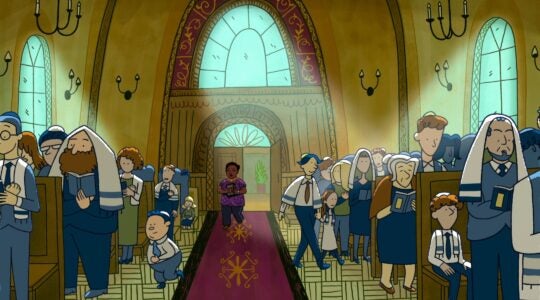In response to Ms. Rudnick: Critical to this discussion is the growth in Orthodox population documented by our study. We find that since 2002, Orthodox Jews in the eight-county area increased by 116,000. How did this increase come about?
The spurt, surprising to some, is due mostly to the 115,000 children born to Orthodox Jews since 2002. Indeed, the number of Orthodox children in any birth year is triple that of middle-aged Orthodox Jews in any birth year. Since 2002, the small population declines among Orthodox Jews who were very elderly in 2002 were offset by increases in the young adult years. The Orthodox increase since 2002 is almost totally explainable by their explosive birthrates.
As for day school counts, the New York State school census (BEDS) found 114,000 students in Orthodox schools in 2010. This count includes only official schools meeting all regulations. It excludes schools lacking a certificate of occupancy, and many small schools. These factors particularly affect Orthodox enrollment.
Our survey relies on household respondents, rather than a selection of local schools, to estimate the number of day school children from New York (rather than in New York). A good number of Orthodox high schoolers, and even some junior high school students, attend yeshiva out of town. Monsey, Cleveland, Philadelphia, Northern New Jersey, Lakewood and Baltimore come to mind, and none are included in the BEDS system.
Given the tremendous surge in haredi births since 2002, the Orthodox day school numbers are entirely plausible. The day school enrollment figures for Reform and non-denominational households need to be treated with caution, as some respondents conflate private schools with many Jewish students, with Jewish day schools.
We are not surprised by gaps between reported congregational affiliation and official Reform and Conservative counts. Survey respondents use loose definitions of “membership.” They are casual about the year they belonged, and conflate participation with dues paying. Moreover, we included “congregation,” “minyan,” and “havurah.”
Our data overall comport with many external sources, including the number of Israeli-born, Jews from the FSU, and Birthright alumni. In many ways, the 2002 and 2011 data are continuous. We found approximate stability in the number of Conservative and Reform Jews claiming synagogue membership, and in the number of Jews in Orthodox homes who were age 10-59 then and age 20-69 today.
For these reasons and more, we stand firmly by our findings.
Prof. Steven M. Cohen, Dr. Jack Ukeles,
Prof. Ron Miller
Authors, “Jewish Community Study
of New York: 2011”
The New York Jewish Week brings you the stories behind the headlines, keeping you connected to Jewish life in New York. Help sustain the reporting you trust by donating today.




